10 Best Places to Visit in Austria
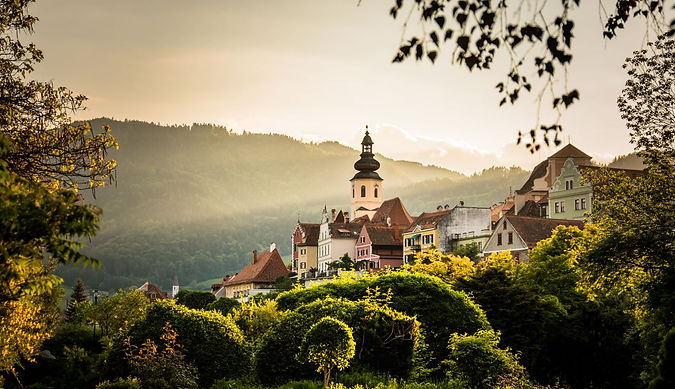
Imagine a place with towering Alps, pristine lakes, and baroque architecture. A place where you can ski in the morning and sunbathe on the beach in the afternoon. This magical place is Austria. From its imperial capital of Vienna to the charming villages of the Salzkammergut region, Austria is a treasure trove of beauty and culture just waiting to be explored.
10. Graz
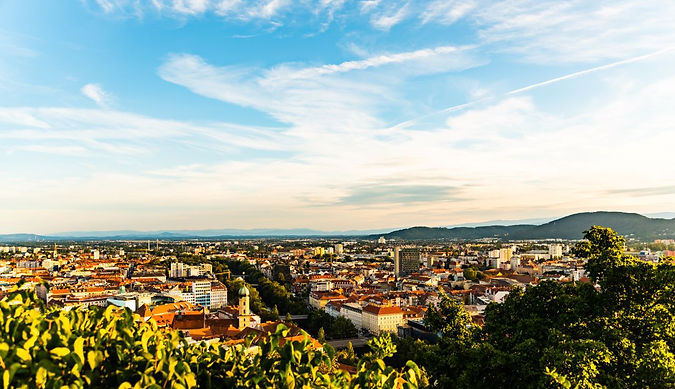
Austria's second-largest city, Graz is a hidden gem, situated on the banks of the Mur River. With farmland, forests, and hills in its surroundings, it makes for picturesque scenery. However, what many don't know is that because of its strategic location in the southeast of the country throughout history; The Romans, Hapsburgs, Hungarians Ottomans, and Napoleon have all fought over this land.
The historic center of Styria's capital is one of the most well-preserved in Central Europe. Baroque palaces and Renaissance courtyards coexist side by side with ancient churches and modern museums. The Schlossberg Hill, towering above the city with its distinctive clocktower sticking up at the top, is at its heart.
Graz is a historic city with a youthful vibe, due to the large student population attending its many universities and colleges. The nightlife scene features numerous bars, restaurants, and cafes catering to students.
9. Hallstatt
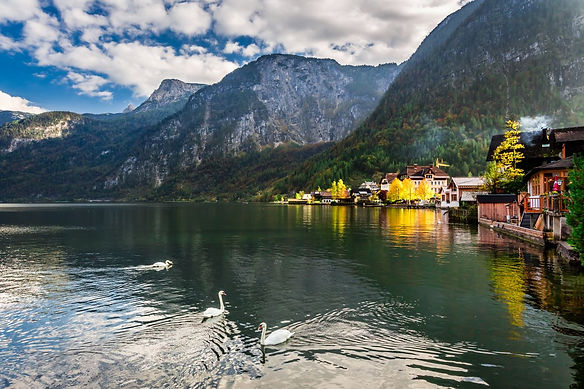
The quaint village of Hallstatt, which is home to fewer than 1,000 inhabitants, has risen from the valley of Salzkammergut region to become a poster child for Austrian Alpine tourism and its charming medieval villages. Because of its salt mines, Hallstatt became wealthy in Austria a few hundred years ago. The world's oldest salt mine is located in Hallstatt and is worth a visit. The trip includes riding underground on a historic railway through the 2,500-year-old Hallein salt mine, where the salt crystals sparkle under UV light.
You may find peace and seclusion in Hallstatt, unlike in other European destinations. You can explore a picturesque medieval town, and admire ancient wooden homes, and a lovely market square while taking in the stunning view from the Hallstatt Skywalk. This place is easily accessible as a day trip from Salzburg or a 3 and a half hour drive from Vienna for the more adventurous type.
8. St Anton am Alberg
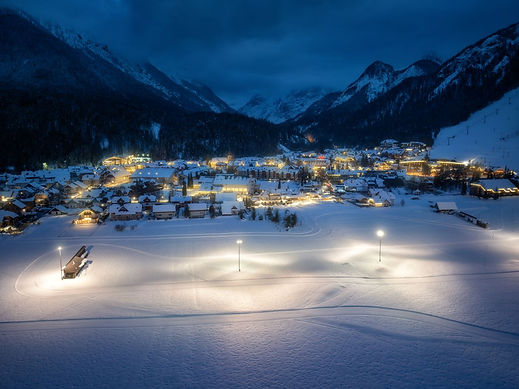
St Anton am Arlberg, located in the Tyrolean Alps, is one of Austria's most beloved ski resort towns. The whole region hosts a wide range of outdoor activities that are perfect for anyone, no matter their skill level.
Valluga Mountain, at just over 9,000 feet high, is a must-see for skiers and non-skiers. The summit can be reached by a couple of elevated tramways with spectacular views of the Lechtal Alps.
Additionally, many people don't realize that St Anton am Arlberg is just as beautiful in the summertime! With the melting snow comes lush greenery - perfect for hikes or cycle rides through forested areas.
7. Grossglockner High Alpine Road
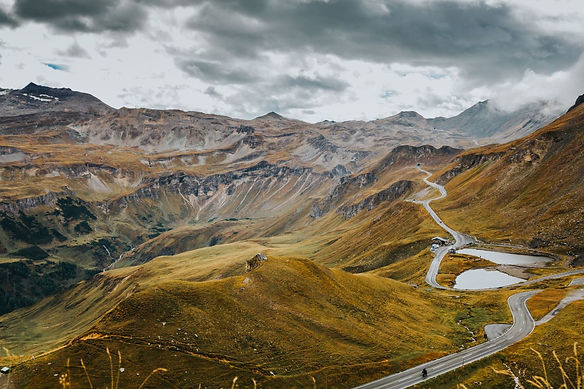
Austria's Grossglockner High Alpine Road is one of the most spectacular road trips you'll ever take. The picturesque route begins in Bruck in the Salzach Valley and travels through Austria's highest peak, the Grossglockner, before returning to Bruck. The route blends in beautifully with the dramatic environment, offering 30 miles of driving bliss along the way. You will pass through Alpine meadows, mountain forests, beautiful national parks, and ice glaciers on your journey. Needless to say, photographers will have a fantastic time capturing stunning images of nature.
The village of Heiligenblut, situated at the foot of Grossglockner Mountain, is a great photo opportunity. Its St. Vincent's Church is an extraordinary sight. Krimml Waterfall, which is located in Austria's highest national park and the High Tauern National Park, is also worth seeing. However, keep in mind that this spectacular route has some mind-bending turns that are sure to keep your head on a swivel.
6. Wachau Valley

Wachau Valley is a gorgeous 18-mile area of vineyards, rocks, and undulating hills in Lower Austria. Lower Austria is located in the northeastern section of the country, which may be perplexing considering its name.
The Wachau Valley is one of Austria's smallest wine regions, yet it is also one of its most important. The river runs through various vineyards, several of which grow the world-famous Gruner Veltliner and Riesling grapes. Durnstein is one of the valley's most popular villages, which have an interesting mix of historic sites and vibrant architecture.
Pedaling your way on a bicycle is perhaps the best way to enjoy the valley, both side of the riverbank has paved bikeways. Aside from Durnstein, it's worth visiting Melk, which is noted for its spectacular Benedictine monastery, as well as Krems, Willendorf, and Spritz, which are all lovely.
5. Zell am See
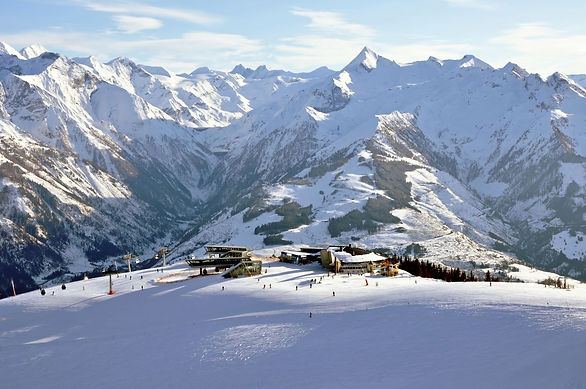
Zell am See is a portrait-perfect alpine city nestled in an exquisite valley among the spectacular Kitzbuhel Alps. The small city is situated on the shores of the lake that bears its name, with pleasant cottages and flower-filled meadows covering the slopes.
The popular thing to do in the summer here is to hike, bike, and be out on the water, skiers and snowboarders flock to the town in the winter due to the beautiful mountains and ski resorts nearby. Despite its tiny size, its charming town is well worth seeing at any time of year due to its snug alpine look and feel.
The Romanesque St. Hippolyte's Church, which has an elevated walkway dating back to the early 16th century, is one of its most notable sights.
4. Innsbruck
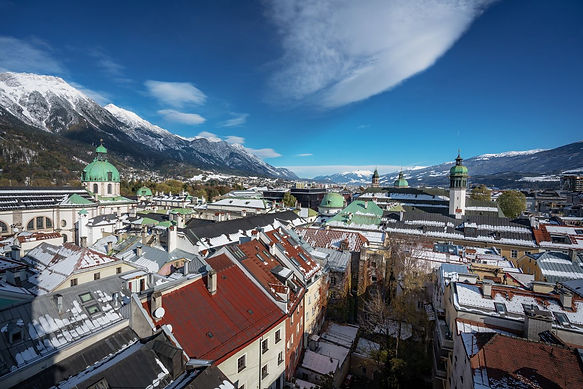
Innsbruck is one of Austria's most picturesque cities, situated on the banks of the Inn River and surrounded by high mountains over a mile high. The country's fifth-largest city, often dubbed as the Capital of the Alps, is a renowned hiking and skiing destination. Millions of visitors come each year to take in the breathtaking surroundings and hit the slopes in the winter. The city is famed around the world for its great winter sporting venues and has hosted the Winter Olympics twice, in 1964 and 1976.
Take a cable car from the center to the top of Nordkette Mountain for the greatest panoramic views of the city and surrounding environment. However, don't overlook the gorgeous palaces to be found in the historic old town itself. Among the must-see attractions are St. Jacob Cathedral, the Hofburg (old imperial residence), and Ambras Castle.
3. Salzkammergut
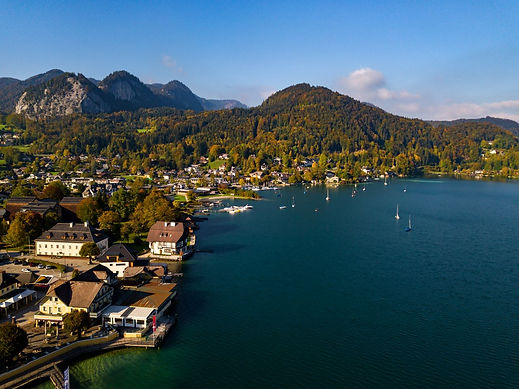
Salzkammergut, which boasts shimmering lakes, undulating mountains, and lovely villages and cities, should be on every traveler's wish list. The gorgeous UNESCO-listed area is also home to Hallstatt, one of Austria's most photogenic attractions, and is only a half-hour drive from Salzburg. It's simple to see why this charming community has won the hearts of so many photographers, who travel an unknown number of miles to capture the majestic mountains and breathtaking views. The lovely backdrop is reminiscent of a fairy tale, only Disney could imagine with their postcard-perfect chalets.
A must-do in Salzkammergut is to ride the funicular in Hallstatt and traverse through the mountain valleys to the Hallstatt Skywalk. From here you will get an unrivaled panoramic view of the village and surrounding majestic landscape.
2. Salzburg
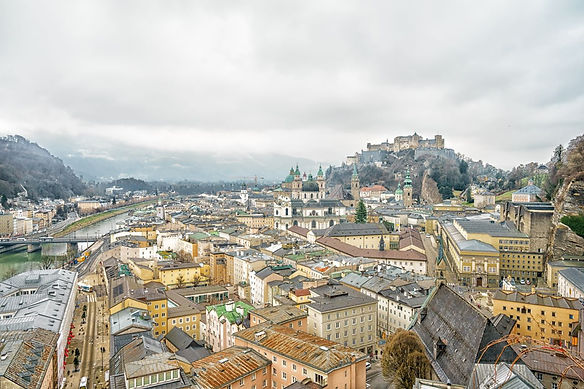
Salzburg, located in central Austria, is the country's fourth-largest metropolis. The town where Mozart was born, it's easy to see why Salzburg captivated the great composer. Incredibly beautiful, the city sprawls along the Salzach River against a backdrop of breathtaking Alpine scenery. The medieval Hohensalzburg Fortress dominates the skyline from its perch atop Festungsberg hill—a 20-minute walk up or you could take a quick funicular ride instead.
Among the local attractions open to Sound of Music enthusiasts are St. Peter's Monastery and Cemetery, Abell Palace and Gardens, and more. The von Trapp family's original home is a hotel in Salzburg. And for fans of Mozart, you can tour where many remnants of his musical career have been kept throughout the years.
1. Vienna
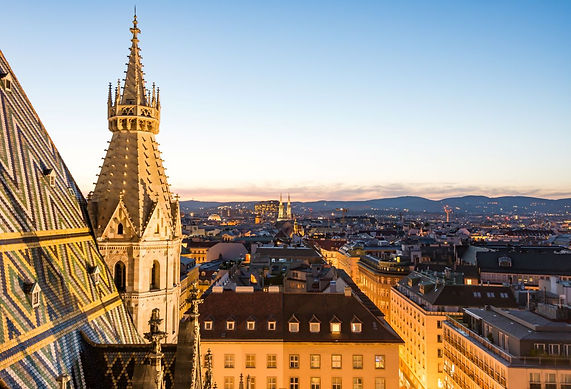
Vienna, the largest city in Austria, is synonymous with fascinating palaces, the world's best museums, and Baroque Architecture, and is considered the birthplace of classical music. All of the greats hail from here including Mozart, Brahms, Beethoven, and Schubert.
The Ringstrasse, a circular road that follows the path of the historic city's walls, is home to the majority of the city's most important buildings. Gothic churches sit beside Art Nouveau museums and galleries, Baroque mansions with contemporary art museums. The fourteen hundred plus room Schonbrunn Palace, the Kunsthistorisches Museum, and the Belvedere Palace, which houses works by the city's most famous painter, Gustav Klimt, are all highlights.
Equally diverse is the city's musical culture. In the city's stunning State Opera House, guests can see the Vienna Philharmonic perform, or they can dance the night away to the new Vienna sound, pioneered by local DJs in the city's trendiest nightclubs. Vienna also offers a wide variety of delicious foods, from sausage and schnitzel to chocolate and desserts.